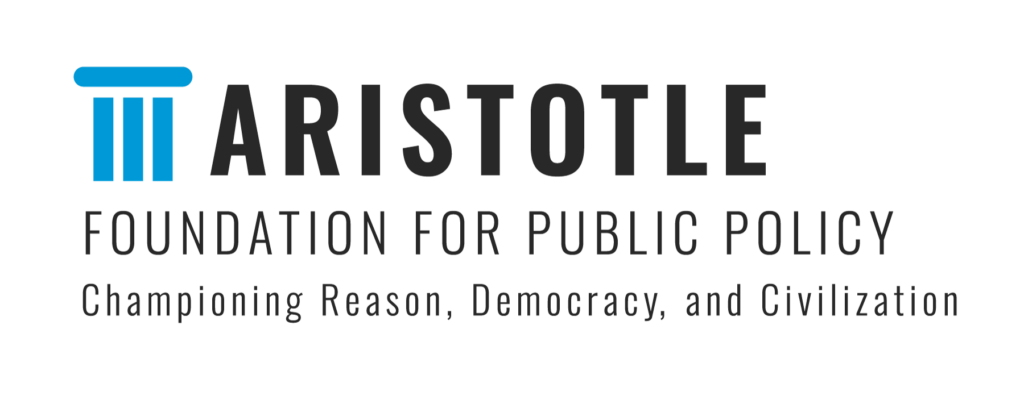
March 6, 2025
FOR IMMEDIATE RELEASE
———-
CALGARY: A new research report from the Aristotle Foundation for Public Policy, authored by Mark Milke, PhD and Ven Venkatachalam, PhD, offers a deep look at Canada’s immigration and housing crises. Notably, a like-to-like comparison of the numbers of new arrivals to Canada with the number of housing completions demonstrates that demand for homes is far outstripping supply.
“Migration is a fact of human history and is often desirable. Migration to and from Canada is no exception,” notes study co-author and Aristotle Foundation President Mark Milke. “However, no country can accept high immigration numbers over multiple years if the housing supply cannot keep up. In Canada, this is exactly what has happened in the last decade.”
In summary, the study finds:
“That development is relevant,” said Milke, “given that single-family homes usually have more than two bedrooms while apartments most often have two bedrooms or less. In other words, the type of housing built in recent years would shelter fewer people than those built two decades ago.”
The study notes that while the federal government has recently announced a reduction in various immigrant streams, and the federal and provincial governments have announced housing initiatives, the data show that immigration intake in Canada is still high by historical norms.
Link to the study: Too much of a good thing? Immigration trends and Canada’s housing shortage
————–
1 For clarity, 3.6 million is not the number of immigrants arriving in Canada each year but the total “stock” (population at a given time) of immigrants who resided in Canada that year. Those 3.6 million people represent the accumulated, multi-year “intake” of the different categories: landed immigrants or permanent residents, temporary foreign workers, international student study permits, international mobility programs, and refugees and asylum seekers. The above-mentioned people are not Canadian citizens and may hold foreign citizenship.
2 Note that the 9.1 percent figure is distinct from the total foreign-born population in Canada, which was 23 percent as of 2021. The difference between the two figures is that the latter percentage includes those foreign-born persons who have become Canadian citizens. The lower figure of 9.1 percent does not include Canadian citizens.
————-
-30-
MEDIA CONTACT TO ARRANGE INTERVIEWS
Danny Randell
Aristotle Foundation for Public Policy
Email: drandell@aristotlefoundation.org
Like our work? Think more Canadians should see the facts? Please consider making a donation to the Aristotle Foundation.

The logo and text are signs that each alone and in combination are being used as unregistered trademarks owned by the Aristotle Foundation. All rights reserved.
The Aristotle Foundation for Public Policy is a registered Canadian charity. Our charitable number is: 78832 1107 RR0001.
SUBSCRIBE TO OUR NEWSLETTER